Your Definitive Guide to Conversion Rate Optimization (CRO)
What is a conversion?
First things first: Let’s define what a conversion is! A conversion is an action that moves a user toward achieving a specific business goal — like a sale, a link click, email sign-up, or a download. Conversions look different depending on a business’s goals, but any time current or potential customers complete a desired action that can be considered a conversion.
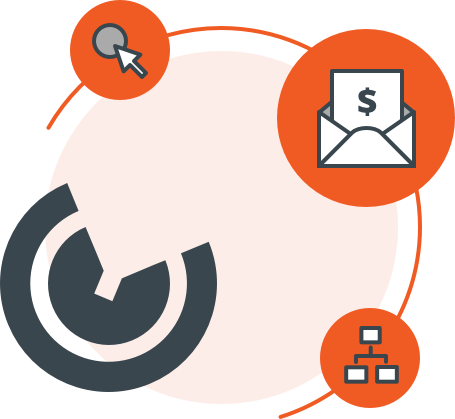
What is CRO?
Conversion rate optimization, or CRO, is a system for increasing the percentage of conversions that take place on websites, emails, mobile apps, or other platforms. In simpler terms, it's the process of 1) figuring out if and how your audience is engaging with your content or website and 2) finessing messaging, website wireframes, and so on to eliminate roadblocks and bottlenecks along the customer journey.
Why Is Conversion Rate Optimization Important?
Conversion rate optimization — a.k.a. CRO — isn’t just important; it’s essential to any effective digital strategy. After all, you can’t drive your audience toward a desired action without examining their behavior as they move (or don’t move!) within the marketing funnel. That’s what CRO is all about: gain a better understanding of your existing leads and leverage the collected data to:
- optimize the website user experience
- increase website ROI by converting more website visitors into customers
- increase conversions of digital marketing campaigns
- and, ultimately, decrease customer acquisition costs
Remember: There’s no such thing as a “set it and forget it” digital strategy. Consumer behavior can (and does) shift dramatically in response to economic conditions, technological advancements, and digital trends, so routine performance audits can mean the difference between a digital strategy that sinks or swims.
“If it ain't broke, don't fix it” is the slogan of the complacent. — Colin Powel
Why is CRO so effective?
One major perk of CRO is that it relies on one thing that most businesses already have: an audience. Instead of trying to extract learnings from a new audience — which can be costly and time-consuming — CRO examines the behavior of users who are already interacting with a platform, which is more conducive to long-term, sustainable growth. In other words, there's a good chance you're already paying for traffic to your website in some form or another, and CRO is a cost-effective approach to improving your ROI by maximizing the efficiency of your marketing efforts.
How do you calculate the conversion rate?
For the math whizzes out there, the conversion rate is calculated as the total number of conversions (e.g., clicks or purchases) divided by the total number of delivered emails/impressions/visitors, then multiplied by 100 and displayed as a percentage.
For example:
- 50 total email CTA clicks ÷ 100 total delivered emails = 0.5
- 0.5 x 100 = 50% conversion rate
CRO provides a systematic process through which to increase this rate — because a higher rate signifies that a campaign or website is targeting and engaging customers the way it should.
How do you start the conversion rate optimization process?
At a high level, turning data into an actionable CRO strategy typically involves content enhancements, split testing, and workflow improvements. This entails brainstorming ideas about what elements of your website or mobile app can be improved, and then testing those ideas using A/B or multivariate tests, among others.
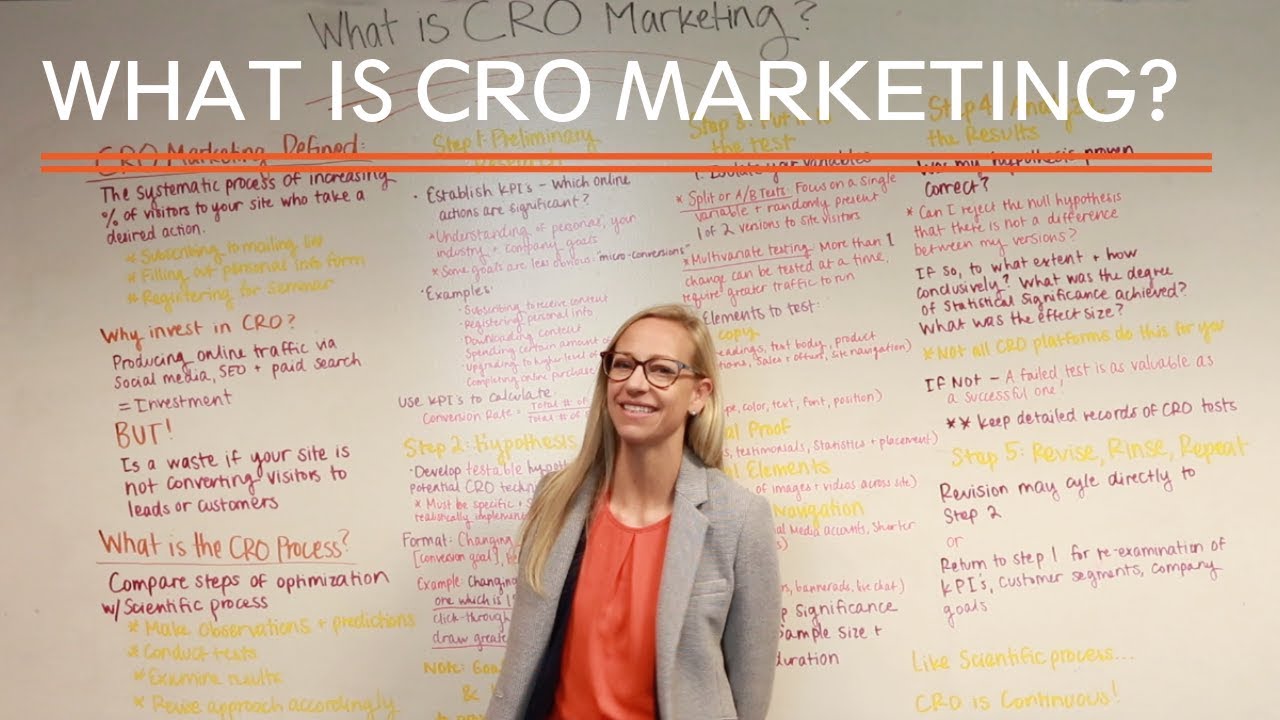
What is CRO Marketing
Producing online traffic via social media, SEO, and paid search is a great start for a marketing strategy, but certainly not a guarantee that visitors will be performing the action that matters most-- converting to customers. For this, we turn our focus on CRO marketing.
Read blog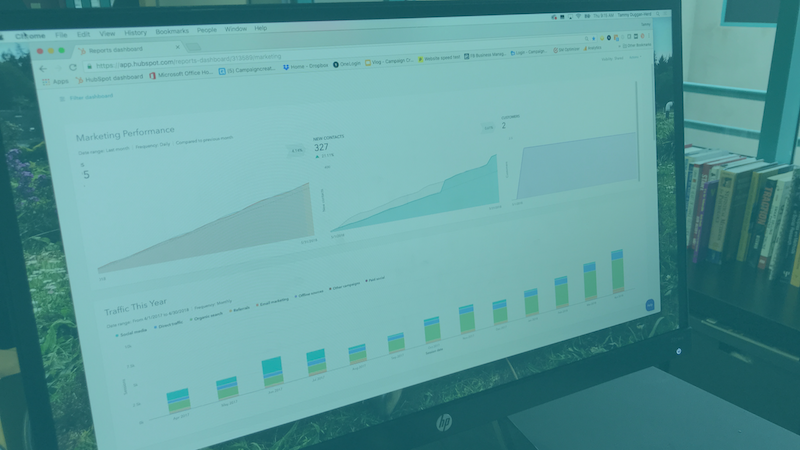
7 Marketing KPIs To Be Aware Of For Conversion Rate Optimization
Testing in marketing strategy is about getting the right answers, and the right answers require the right questions to be asked.
Read blog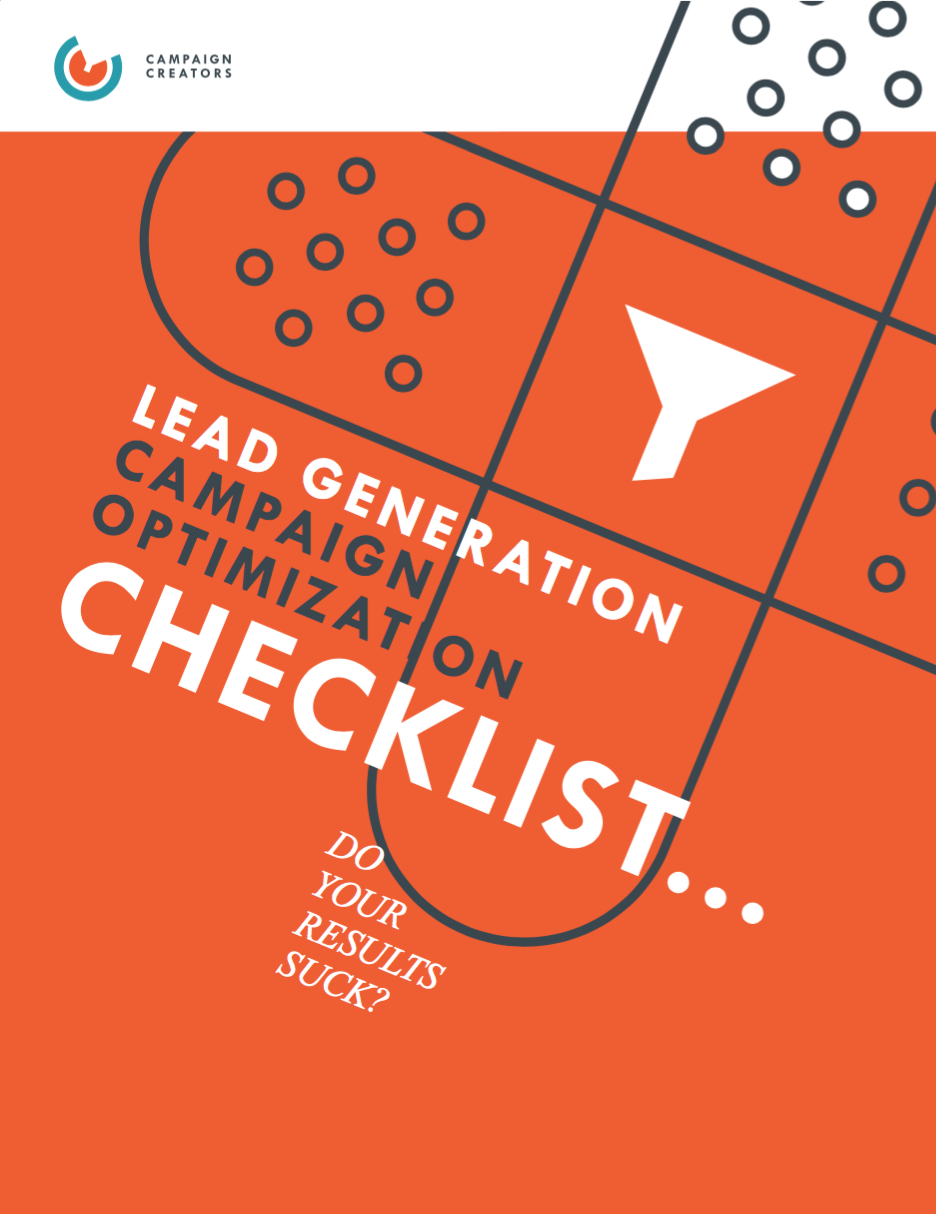
Campaign Optimization Checklist
Is your inbound marketing campaign failing to meet its goals? Think it could be performing better?
Get the checklist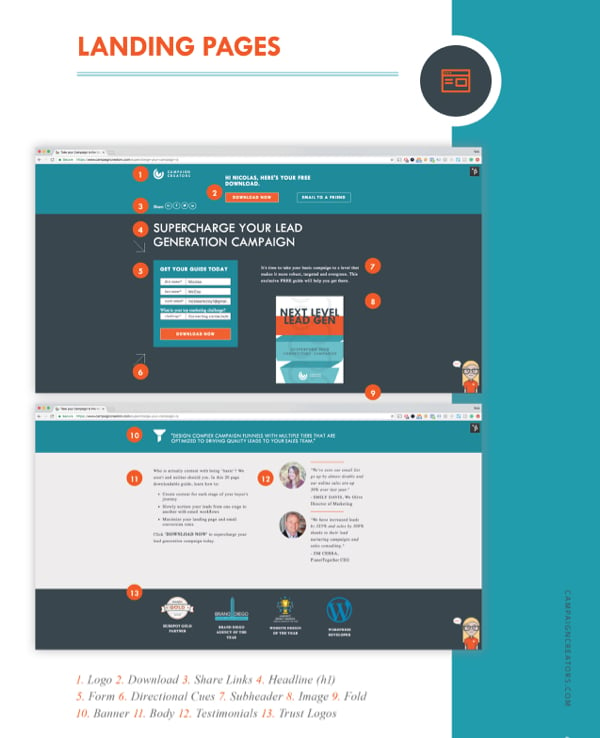
Campaign Optimization Handbook
Your campaigns are underperforming? Learn how to improve & optimize specific aspects of your campaign.
Get the handbookWebsite CRO
In today's digital world, every business has a website, no matter the industry. That means it's important now more than ever to consistently learn from user behavior and optimize your website so it encourages conversion. Back in the day, this might have been as simple as just adding contrasting colors to make your call-to-action buttons more eye-catching, but that's no longer enough.
To stay competitive, marketers need to understand the ins and outs of their website’s analytics, features, and functions — and how to use them. Begin by establishing your conversion goals. Do you want to generate more B2B leads? Increase sales in your ecommerce store? Increase website traffic? With a goal in mind, focus on these impactful areas of your website to get the most return on your efforts:
- Landing pages
- Service and/or product pages
- Checkout page
- CTAs
After auditing these areas for possible flaws in the hierarchy, messaging, user experience, and imagery, implement a few changes and tests until you see results. It is important to note that these changes should be documented and implemented one at a time, so you are able to isolate each variables and evaluate it's impact versus the previous version. Some ideas to kickstart your CRO efforts include:
- Utilizing exit offers to reduce bounce rates and convert visitors
- Building your email list with gated content promotions
- Choosing the right action verb on your CTA to convey the value of the offer clearly and quickly
- Offering instant mobile payment options for increased ecommerce ease of use
- Leveraging principles of behavioral psychology to increase conversion rates
That's just the tip of the iceberg. For additional tips and tactics on how you can boost your website conversion rates, check out our list of resources below.
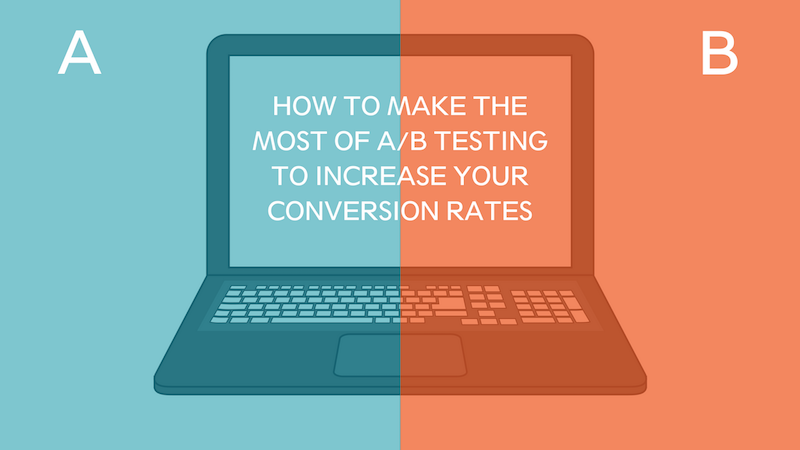
How to Make the Most of A/B Testing to Increase Your Conversion Rates
One of the easier (and most common) types of CRO tests is called an A/B test. A must-have in any marketer’s optimization toolbelt, A/B testing can appear intimidating due to its technical and statistical nature.
Read blog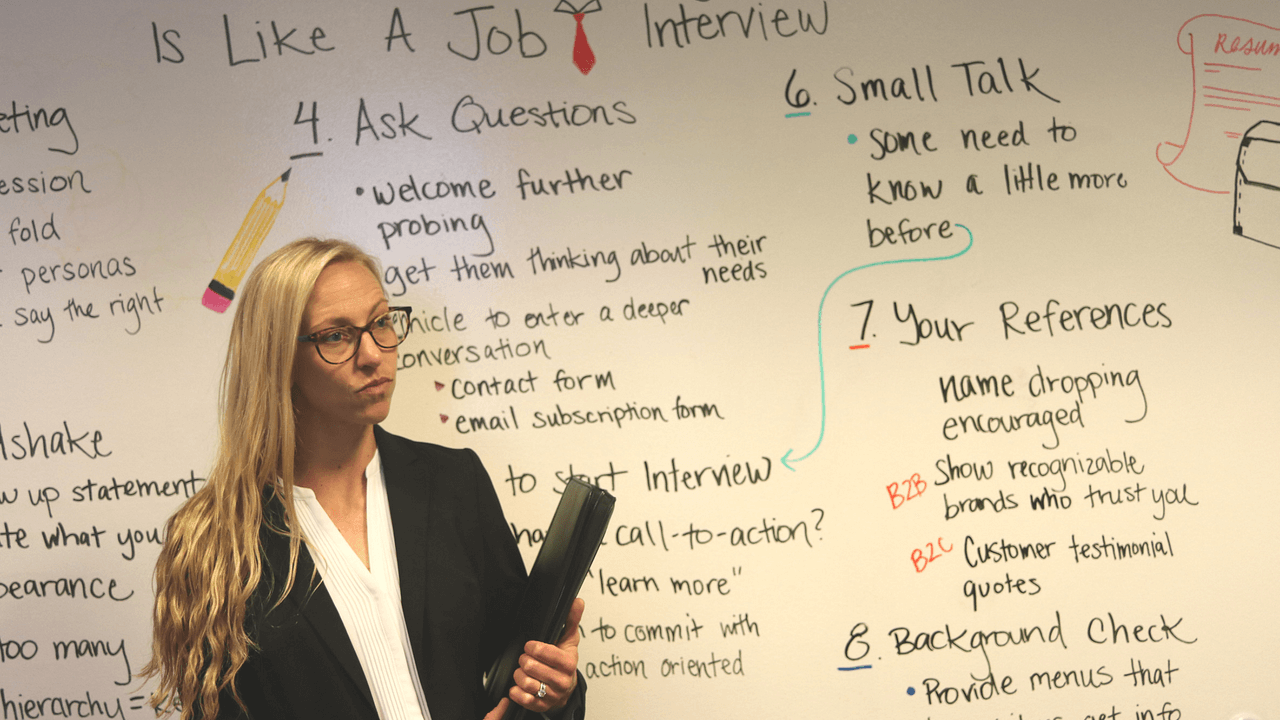
How Your Homepage Is like a Job Interview
Your homepage is like a job interview with a potential employer, and understanding that is vital to getting that second interview. Learn how to score that second interview here.
Read blog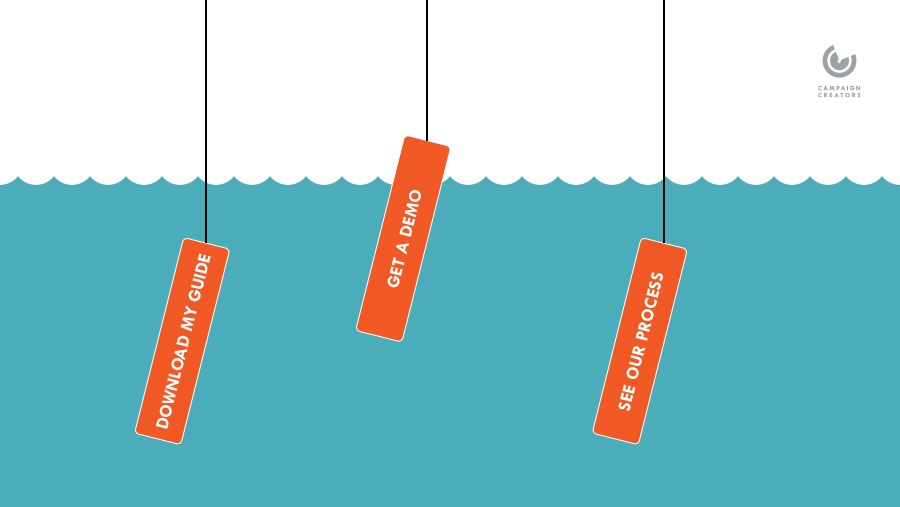
Best Practices to Hook Customers with Your Call-to-Action (CTA)
Including a compelling call-to-action in your marketing activities has proven to boost conversion rates by driving your visitors to take a desired action right away.
Read blog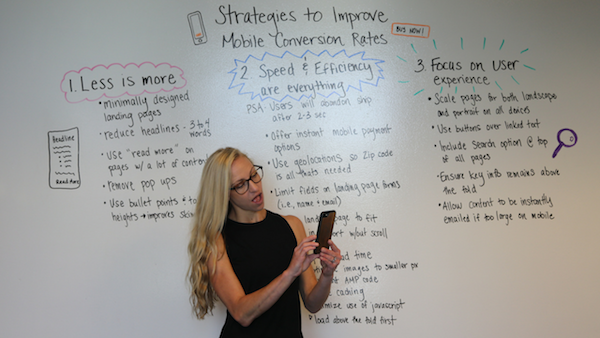
Mobile Conversion Optimization: Strategies for Increasing Mobile CRO
Struggling to see returns on investment with your mobile web pages? Discover proven strategies to increase your mobile conversion rate and user experience.
Read blog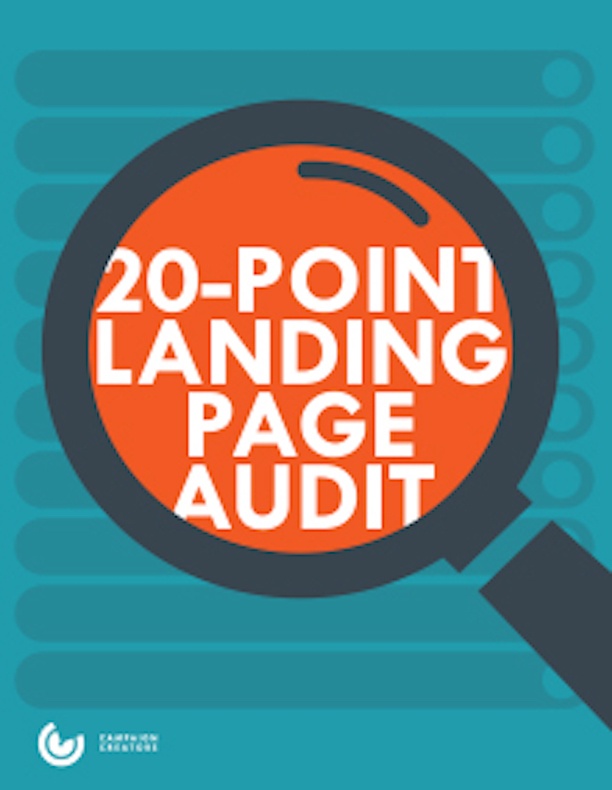
20 Point Landing Page Audit to Improve Conversion Rates
This 20-Point Landing Page Audit will identify the weak areas on your landing page and show you exactly how to fix them to improve your conversion rates immediately, whether you're B2B, B2C or eCommerce.
Get auditLead Conversion Optimization
What is lead conversion?
Lead conversion is the process of turning a lead, or prospective customer, into an actual customer. A “lead” in this situation is a person or company that has shown interest in your brand or business by interacting with your webpage or campaign.
The link between CRO and lead conversion.
An optimized website or campaign allows a business to more effectively engage their audience and grow over time, both in terms of increasing brand awareness and generating revenue. It makes sense, then, that CRO, lead generation, nurturing and conversion go hand-in-hand; you can’t have one without the other. Think of your CRO strategy as the fuel that powers a successful lead management strategy.
Let's consider these scenarios:
Scenario A - Person X is interested in the type of products you sell or services you offer may have landed on a particular page on your website after a search. They look around, aren't able to find the information they were looking for and leave. You don't really know who they were and how to communicate with them moving forward. The relationship ended before you even had a chance to get started.
Scenario B - Same Person X is interested in the type of products you sell or services you offer may have landed on a particular page on your website after a search. As the savvy marketer you are, you have been paying attention to how users interact with this page. You also have studied your existing customers to understand the common pain points they had that lead them to your company in the first place. You then create an exit pop-up offering Person X a guide on how to solve the challenges they are currently facing. Person X fills out the form and downloads the guide. Just like that, you used data to create a conversion opportunity and generated a new lead.
Now what? It's common knowledge that generating leads is an essential part of business; however, not everybody knows how to go about converting these leads into actual sales. You can generate as many leads as you want, but if none of them convert to customers, you're going to have a hard time generating any revenue. Solution? Develop a comprehensive lead nurturing strategy to help you progress those leads further down the buyer's journey until they are ready to give you their business.
When implemented correctly, a lead nurturing strategy can improve lead-to-customer conversion rates, lower the cost of customer acquisition, and speed up the sales cycle. In fact, research shows marketers see an average 20% increase in sales opportunities from nurtured vs non-nurtured leads, while companies that excel at lead nurturing generate 50% more sales at a 33% lower cost.
A comprehensive lead nurturing strategy can encompass multiple stages and various methods. Depending on the situation, a few things you can do include:
-
Establishing a system for ranking leads to avoid wasting time and effort on unqualified ones
-
Utilizing sales automation tools to speed up your sales cycle and increase efficiency
-
Using the Principle of Scarcity to boost your email marketing conversion rates
-
Incorporating workflows to tie together the pieces of your campaign and progress your lead from one stage of their journey to the next.
To fully understand how you can accomplish this and for additional tips and tactics, be sure to check out the resources below.
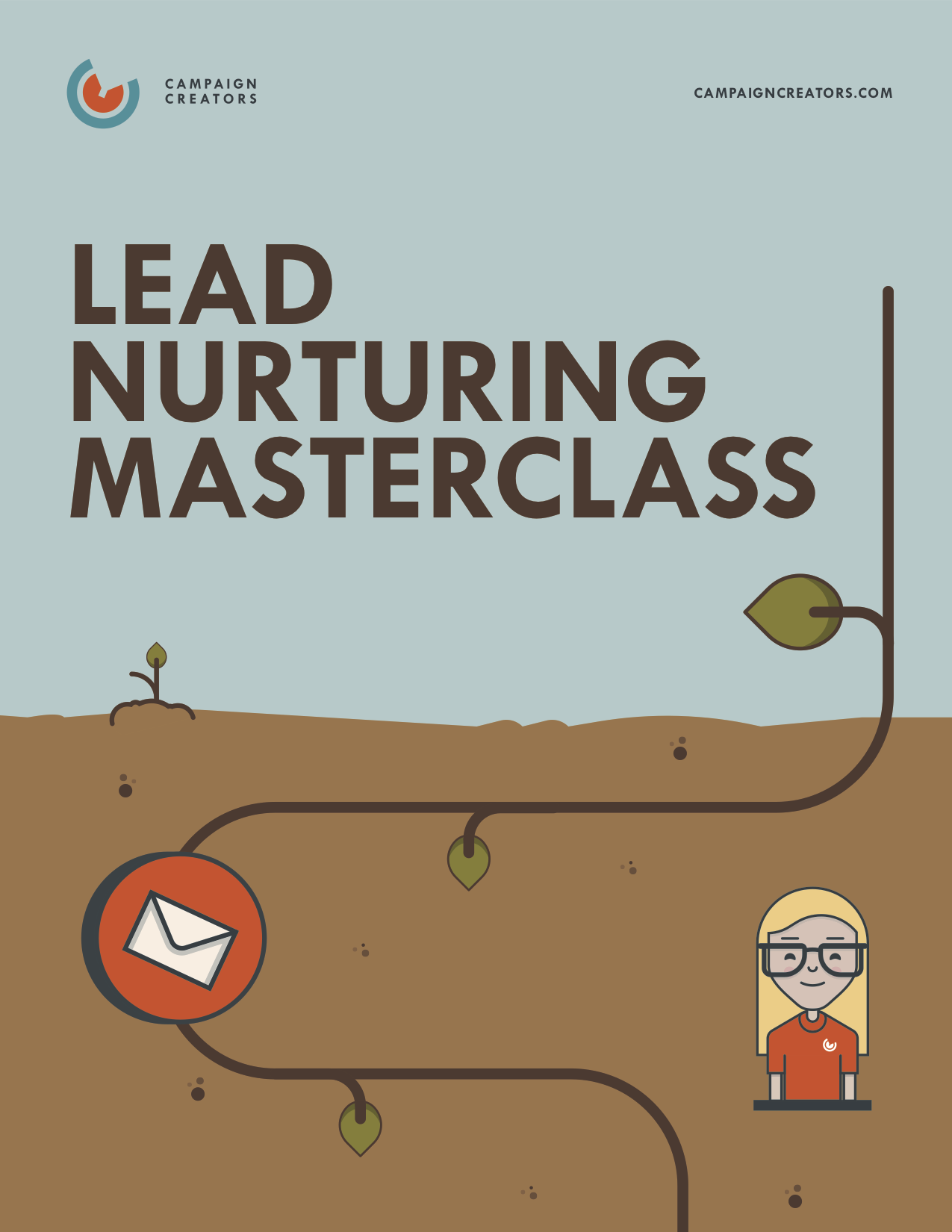
Lead Nurturing Masterclass - Lesson 1 (w/ Start Lesson)
This lesson lays the foundation for your lead nurturing strategy from defining exactly what lead nurturing is to the benefits it will bring your company. Not sure if you are ready for lead nurturing? We cover that too.
Read lesson
7 Tips to Increase Lead Conversion
What is lead conversion? The definition can be broad. But essentially, it is everything you need to do to convert prospects into leads, and ultimately, turn leads into customers. And we have 7 tips to help you do just that.
Read blog
3 Effective Tactics to Boost Email Marketing Conversion Rates
Here are 3 proven tactics from decision science you can easily implement to significantly increase your email open and click through rates right now.
Read blog
Using Psychology to Drive Conversions
If you can attract, persuade, and provide your lead with some pain relief or pleasure, or activate their FOMO, you're using psychology to convert.
Read blog
How to Use Lead Nurturing to Accelerate Your B2B Sales Cycle
Learn how to create a lead nurturing campaign for your B2B company to improve lead conversion rates, speed up sale cycles, and save your team time.
Read blog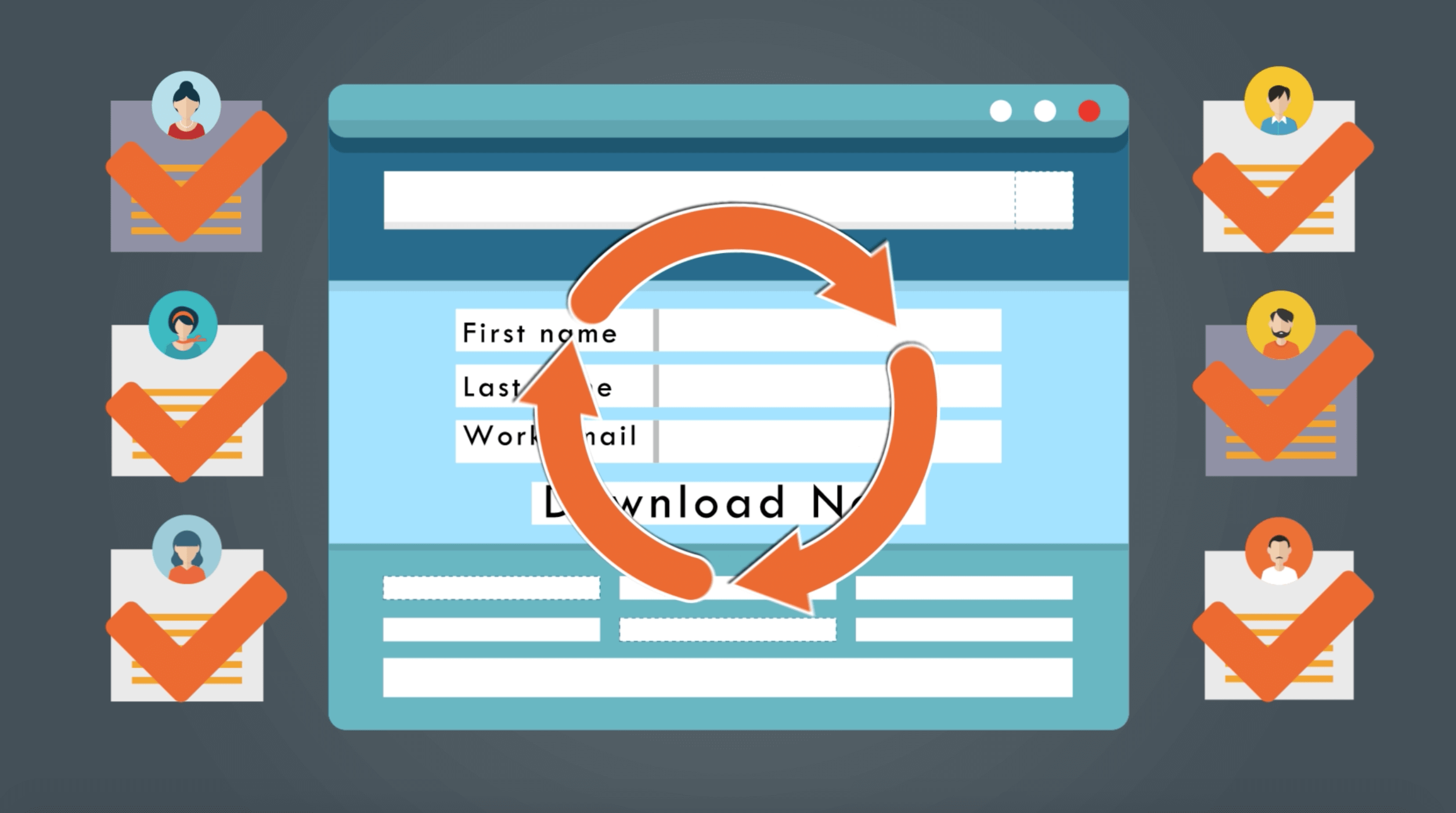
An Inside Look into Our Lead Management Process
As an example of what a lead management process is like, here's a look into the one we use for managing our own leads, broken down into 3 main phases.
Read blog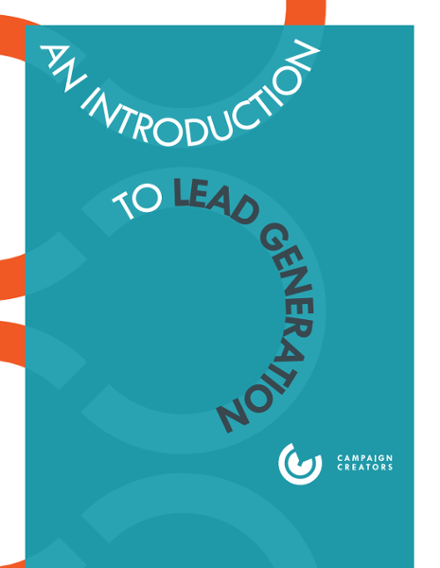
Introduction to Lead Generation
Highly qualified leads are just around the corner. This guide takes you from the definition of a lead all the way to launching a lead generation campaign.
Get guide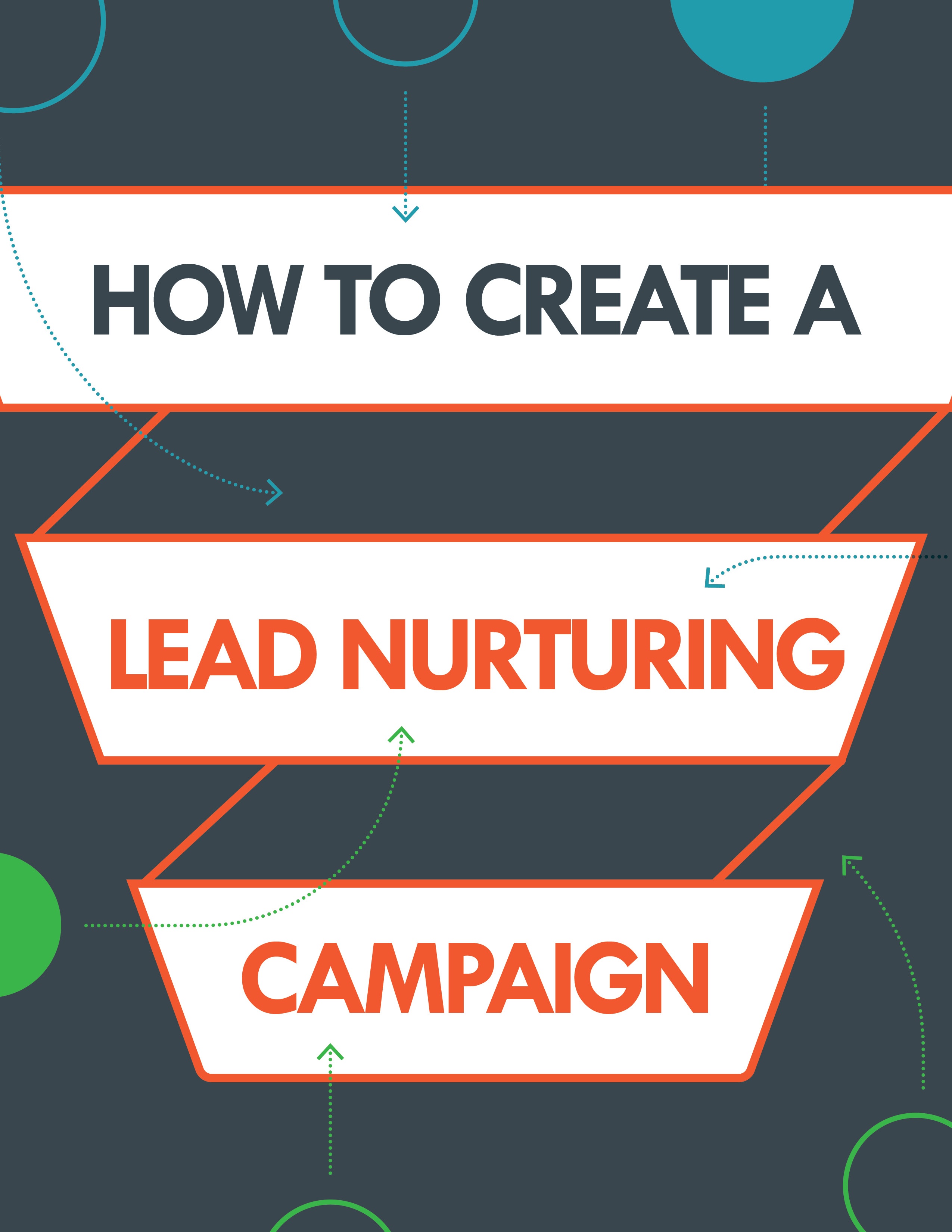
Learn How to Create a Lead Nurturing Campaign
Download this exclusive guide to take the next step in your inbound marketing career. We have outlined a number of key instructions to maximize conversions and cater content directly to each stage of the buyer journey.
Get guideEcommerce Conversion Rate Optimization
Ecommerce CRO does more than improve the financial health of a business — it gives marketers invaluable insight into who their audience is, what they’re shopping for, and what’s stopping them from making a purchase.
Let’s take a look at one of the biggest challenges that ecommerce marketers contend with: abandoned shopping carts. In North America alone, the average abandonment rate is 70.19%, just over the global average of 70%. If that seems like a lot of revenue left on the table, that’s because it is! A higher-than-normal abandoned shopping cart can indicate a poor checkout experience or a lack of trust from the customer. However, it’s important to remember that this KPI doesn’t exist in a vacuum; be sure to look at other factors such as for a holistic view of your website’s overall health.
In addition to having a fully optimized website, you can boost your overall conversion rate and lower the number of people abandoning their carts through a variety of methods:
-
Making sure your checkout process is as streamlined and efficient as possible
-
Being proactive with your promos and displaying them and their benefits as openly as possible rather than leading potential customers on a scavenger hunt
-
Curbing your shipping costs or at least being upfront with them. Nobody likes being ambushed with unexpected additions to their total in the last step of the checkout process
-
Incorporating a re-engagement campaign to reach out to leads who were at some point interested in your company, but have now gone cold
Check out the resources below for more ways to improve your ecommerce conversion rates and find a treatment plan that works best for you.
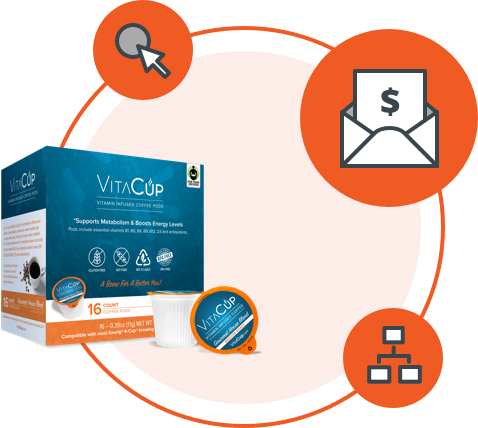
Case Study: Ecommerce Company VitaCup
Learn how Campaign Creators helped an eCommerce company implement an email marketing strategy that brought in a 559% increase in email revenue.
See case study
Actionable Conversion Optimization Tips to Drive Ecommerce Sales
Learn how to use eCommerce conversion optimization for more sales, calculate your eCommerce conversion rate, and what strategies you can use to optimize your eCommerce store.
Read blog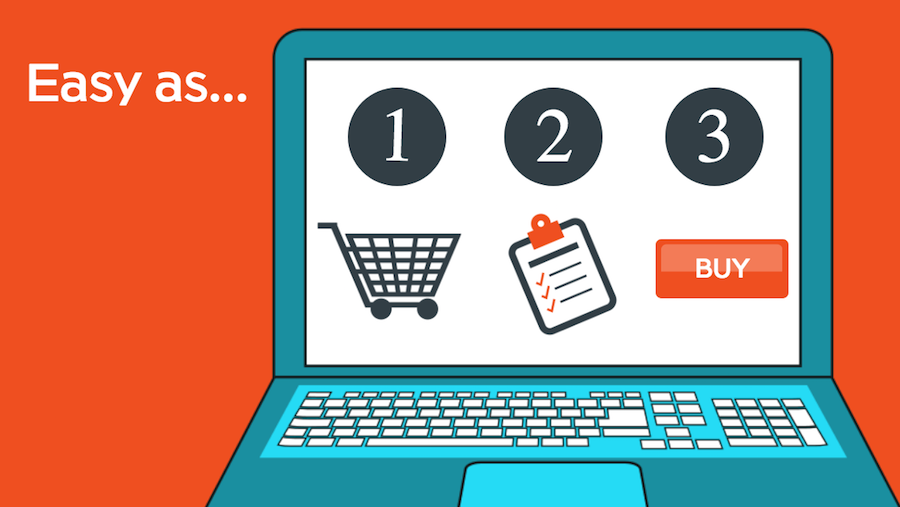
How to Boost Conversion Rates on Your ECommerce Checkout Page
Your visitor has found your eCommerce site, selected a product and placed it in their cart. But until they enter their payment info and click that the last button, no sale is final!
Read blog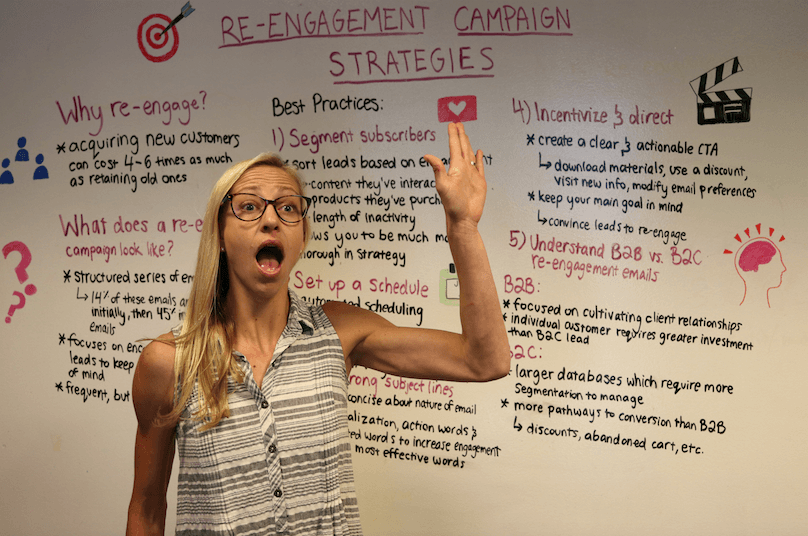
Best Practices for Your Re-Engagement Campaign
We're covering general strategy and best practices for B2B and B2C marketers to follow when creating effective re-engagement campaigns.
Read blogTop Conversion Rate Optimization Tools
Without the right tools to execute, strategy is all talk and no action. So, the next step is finding the tools you need to get to work. There are a multitude of tools available to help with your CRO strategy, spanning free, beginner-friendly options to those that are more expensive and complex. But with this wealth of options comes another dilemma — knowing how and when to use the right tool for the right scenario, and who the best provider of that tool is.
We know it can sometimes be overwhelming trying to figure out what works best for you, so we're breaking down some of the best conversion rate optimization tools below:
- Google Analytics: an affordable marketing analytics software packed with features like traffic tracking, user-activity monitoring, funnel visualization, audience reports, and more!
- Hotjar: behavior analytics software that allows you to track clicks and scrolling behavior on your website through recordings and heatmaps.
- Optimizely: offers split, multivariate, and mobile testing at a low-starting price point.
Pingdom Website Speed Test: a free testing tool to analyze your website speeds. Every element of every page can be tracked through your performance history. - Chatbots: for automated, personal customer service.
- UserTesting: a user research platform for receiving feedback from your target demographic. Participants provide feedback as they are asked to test certain features or complete specific tasks.
- Unbounce: a platform offering headline testing and optimization, A/B and multivariate testing, with a focus on landing pages.
- SurveyMonkey: online survey software that can help improve customer satisfaction, engagement, and market research by reaching out to different audiences to gain insight into their preferences.
- VWO: a cloud-based testing and optimization platform for websites that offers features like A/B tests, multivariate tests (MVT), and redirect tests.
Which conversion rate optimization tool is right for you?
We wish there was a clear-cut answer, but when it comes to CRO tools, one size doesn’t fit all. When choosing a tool, consider factors like your company’s size, budget, industry, and the skillset of your team. And, if you are already using a software to power your digital business, make sure to leverage their available features at no extra cost!
HubSpot's features include pop-ups, A/B testing of emails and landing pages, chatbots, in addition to gathering all collected data in a powerful centralized CRM.
Klaviyo's focus on ecommerce makes deploying abandoned cart, browse abandoned, customer reconversion and other campaigns as easy as clicking a button.
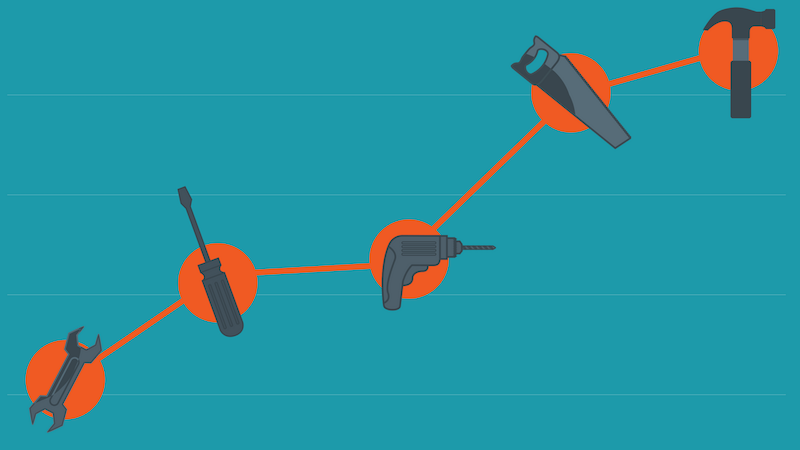
Best Conversion Rate Optimization Tools for Your Buck
Even if you have a fantastic conversion rate optimization strategy in your head, if you do not have the right tools and technology, that's where it will stay.
Read blog
How to Increase Online Sales With Conversion Optimization Tools
By using conversion optimization tools you can boost your online sales. Here are our tips for what to place in your toolbox.
Read blogConversion Rate Optimization Services
If you need help with conversion rate optimization but don't have adequate time or resources to devote to it, seeking out external CRO services could be the right move for you. Hiring the right CRO firm or consultant can significantly impact your bottom line while allowing you to focus on other aspects of your business. An exceptional team of CRO specialists can dramatically boost the conversions on your website and get you the leads and customers that might have previously eluded you.
How do you choose the right service provider for you?
Start by doing your research. Seek out CRO consultants or agencies with a verifiable track record of taking businesses like yours to the next level. Beyond that, here are a few aspects to consider when looking for a CRO service provider:
-
Positive reputation. Beyond reading the prospective agency’s customer testimonials, solicit opinions and advice from your marketing peers. This will help ensure that your could-be agency not only has the experience, but is a good fit.
-
Specialization. Make sure that the CRO agency has experience in your industry. For example, a CRO agency that focuses on ecommerce might not be the best choice for SaaS or B2B companies. Don’t hesitate to request case studies.
-
Cost. The most expensive agency isn’t necessarily the best. By partnering with an agency that’s within your budget, you set the course for a long-term relationship that may just pay for itself over time.
Most importantly, identify your CRO goals. Take the time to not only look deeply at the top firms you're considering hiring, but also yourself. You have to first understand what your goals and struggles are so you can communicate those to your potential hires when meeting with them. Once everyone understands what needs to be accomplished, you'll have a clearer picture of who is the best match for you.
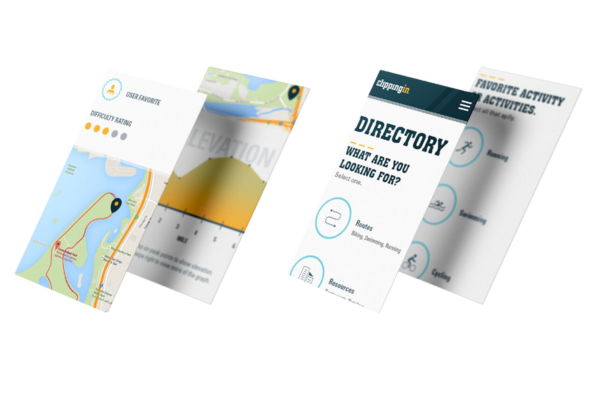
CRO Services
Learn how we can help you increase your revenue per visitor, lower your lead and customer acquisition costs, and get a leg up on the competition with our Conversation Rate Optimization services.
Learn about our CRO Services